Introduction
I’m excited to share my experience as I journey through Module 2 of our course on DesignPrinciples for Effective and Accessible Multimedia. This module has been a transformative learning experience, offering insights into creating multimedia content that captivates audiences while ensuring accessibility for all. Let me take you through my personal exploration of the key concepts and techniques that have empowered me to design multimedia materials with a lasting impact. learning experience
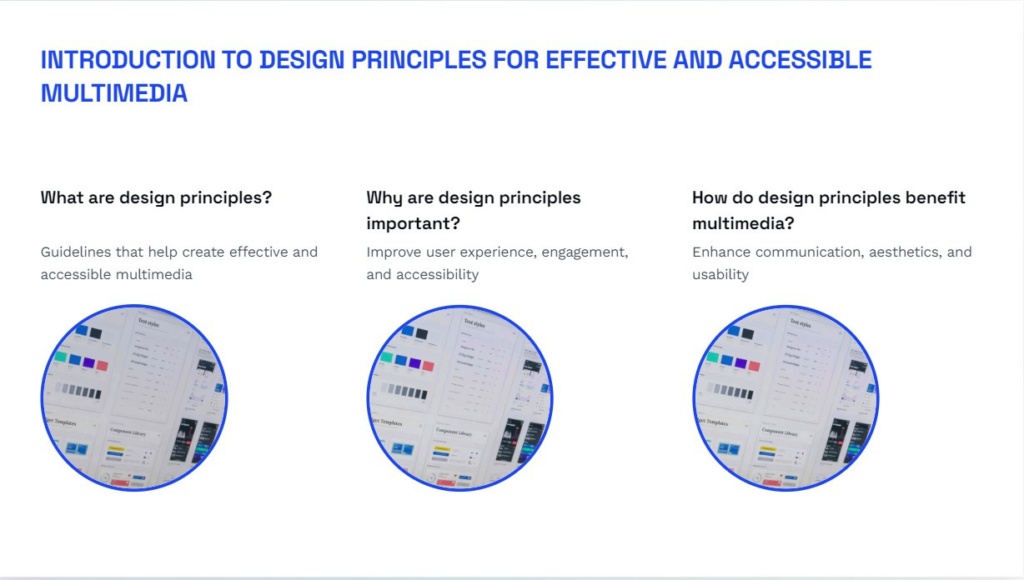
Understanding the Significance of Multimedia Design
Multimedia design is all about crafting content that combines various media elements, such as text, images, audio, and video, into a cohesive and informative whole—effective multimedia design is crucial in our digital age, where we’re constantly bombarded with information. The challenge is to create content that captures attention, communicates the message clearly, and is accessible to everyone, including those with disabilities.
Understanding the topic:
- Principles of Multimedia Design:
Through the module, I’ve delved into the fundamental principles that underpin successful multimedia design, including clarity, coherence, and consistency.
As I explored the world of media creation, I realized that even with the advanced tools we have, the effectiveness of our documentation can be hindered by a lack of experience with the principles of media creation. Basic principles of graphic design. While I will never be an expert in this field, there is much I can do to improve the quality of my work and ultimately create a better learning experience. Research has shown that not only does the addition of visual elements improve learning, but
the addition of well-designed visual elements also improves learning (Mayer, 2012). So as I worked with Canva to create an infographic this week, I aimed to keep these graphic design principles in mind.
Understand the importance of graphic design
During my journey as a media creator, I learned that graphic design goes beyond aesthetics; it is a fundamental element of effective communication. It’s about creating content that is not only visually appealing but also conveys the message clearly. In the digital age, where information
constantly competes for our attention, creating content that captures viewers’ attention and communicates it effectively is a significant challenge.
Key principles of graphic design
As I delve into the world of communication design, these are the principles of graphic design that I find very important:
Clarity:
One principle that I
apply systematically is clarity. It is essential to ensure that the message is easy to understand. Clear and concise images make
content more accessible and engaging.
Coherence:
Another principle I have applied is consistency. Maintaining a consistent style and visual identity throughout my work has proven to be very effective.
Visual hierarchy:
Understanding the importance of visual hierarchy has helped me direct viewers’ attention to the most important elements of my media. This contributes to effective storytelling.
Improve learning through graphic design
Interestingly, well-designed graphics have the ability to significantly improve the learning experience. Whether I’m creating multimedia materials for educational purposes or in any other context, I’ve found the combination of text, images, and graphics can make learning engaging and very engaging. how is the effect?
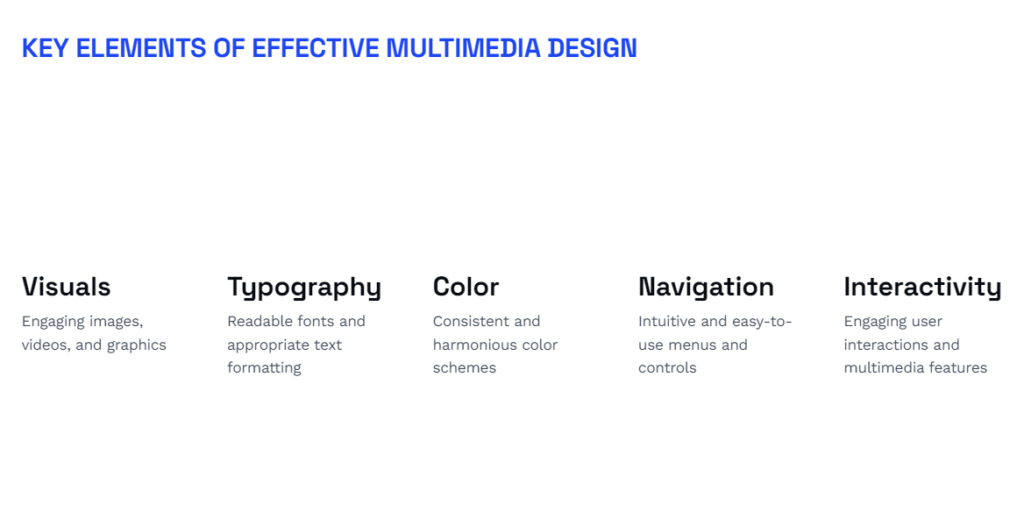
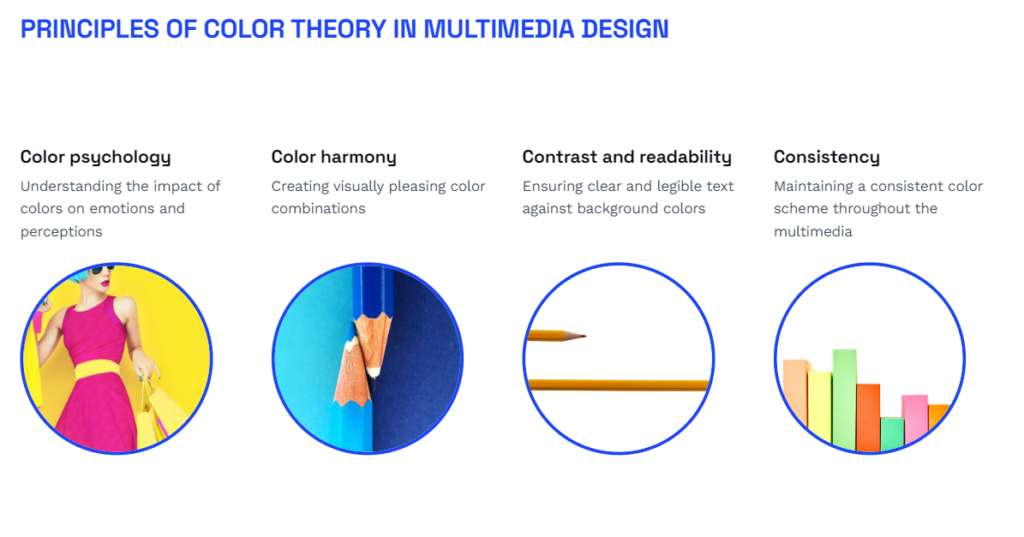
2. Accessibility and Inclusion: A significant part of my journey focused on the importance of designing multimedia content that’s accessible to everyone, regardless of disabilities, and the guidelines to ensure inclusivity.
3. Visual and Audio Elements: I’ve explored best practices for incorporating images, graphics, and audio into my multimedia content, learning how to make them work harmoniously
4. Multimedia Authoring Tools: I was introduced to popular authoring tools and software that streamline the multimedia design process, making it efficient and effective
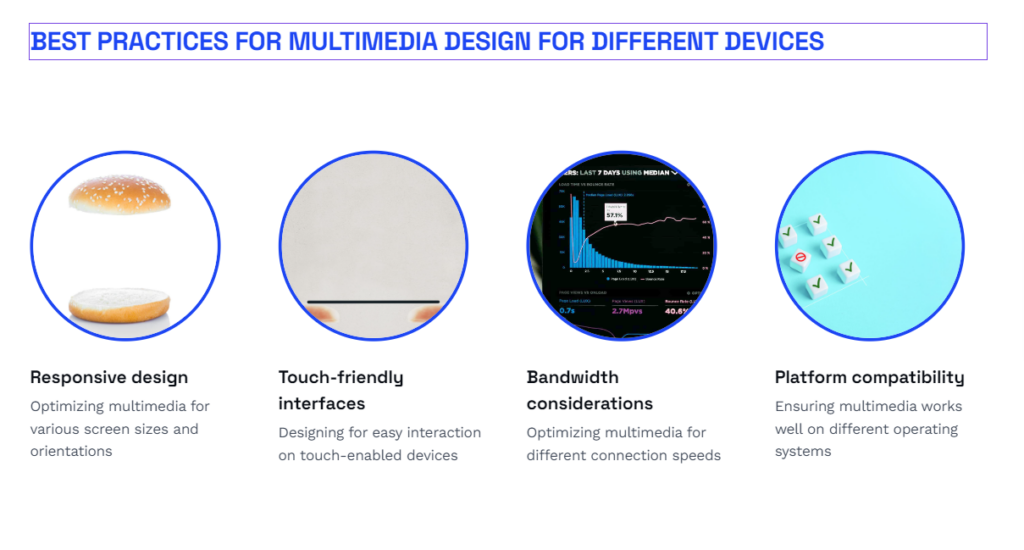
5. Hands-On Exercises: Throughout the module, I had the opportunity to put my knowledge into practice through hands-on exercises and real-world examples.
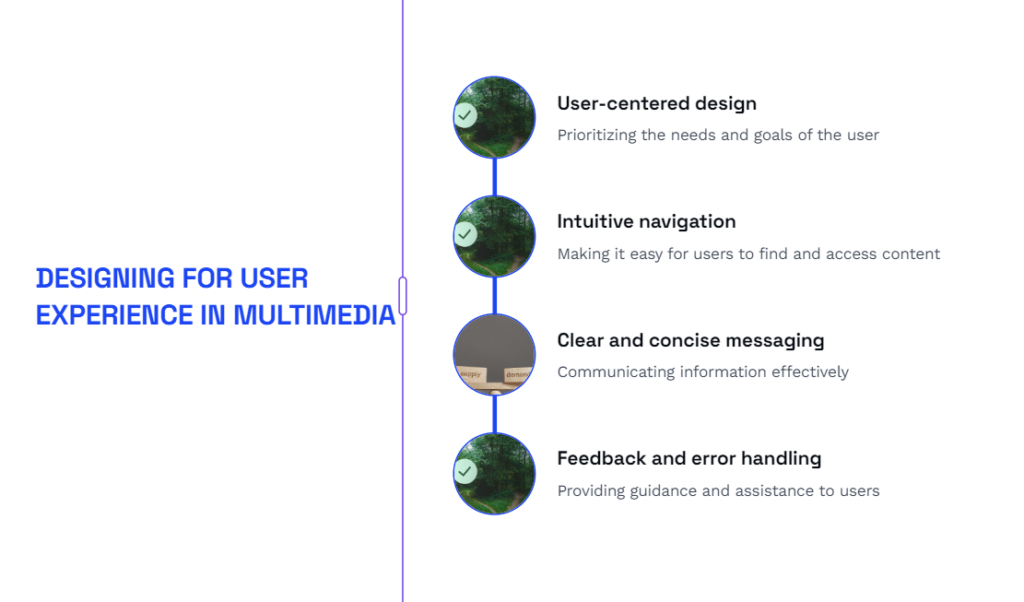
Creating Accessible Multimedia Content
Accessibility is a central theme in Module 2. Designing content that can be accessed and understood by everyone is not only ethically important but also legally mandated in many jurisdictions.
I will cover the Web Content Accessibility Guidelines (WCAG) and show you how to apply them to your multimedia materials.
The Power of Multimedia in Learning
Multimedia design isn’t for entertainment or marketing; it plays a significant role in education too. The combination of text, images, audio, and video can make learning engaging and effective. By the end of this module, you’ll have the knowledge and skills to create multimedia content that aids learning.
Infographic creations.
Creating Infographics is the thing that I did with much attention and passion. It involves lots of
creativity. I have discussed fee points for creating a design below.


Conclusion
In conclusion, my journey through multimedia design has been enlightening, and I now understand the value of integrating graphic design principles into my work. I encourage anyone looking to improve their multimedia creations to dive into these principles, experiment, and discover how well-designed visuals can make a lasting impact
Resources:
Creative Commons Licensed Workshop Curriculum | UVic Libraries Digital Scholarship Commons
.(n.d.). Retrieved Sept 28, 2022, from
https://oac.uvic.ca/dsc/workshops/lessonplans
Johnson, D. (2021, February 19).
Design and Layout with Canva
[Mp4].
https://www.youtube.com/watch?v=g3pdyid7BjU
Levie, W & Lentz, R.
Effects of Illustrations: A Review of Research
(1982) ECTJ, Vol 30 No. 4, Pages195-232
McCue, R. (2021, February 20).
Introduction to Infographics with Canva & Related Multimedia LearningPrinciples
[MP4].
https://www.youtube.com/watch?v=K1k3deWbw2c
Easel.ly,
Crash Course in Infographics Webinar,
Accessed Sept 28, 2022
Brame, C.J. (2015). Effective educational videos. Retrieved [22/09/2022] from
http://cft.vanderbilt.edu/guides-sub-pages/effective-educational-videos
/.
Cahill, Caitlin,
How to Make Text Accessible to People with Disabilities: Caitlin Cahill
, from The GeekYou Need, Retrieved [22/09/2022]
Gernsbacher MA.(2015)
Video Captions Benefit Everyone
. Policy Insights Behav Brain Sci. 2015 Oct;2(1):195-202. doi: 10.1177/2372732215602130. Epub 2015 Oct 1. PMID: 28066803; PMCID: PMC5214590.
Holmes, K. (2020).
Mismatch: How inclusion shapes design
. MIT Press.
Inclusive Design
(2018) Microsoft Design Principles
Wantuch, Michelle (2021),
Designing for neurodivergent students: What we’ve learned so far –Microsoft Research
2023-10-14 at 5:57 pm
It beautifully captures the importance of multimedia design, especially in today’s information-heavy digital landscape.
I found the emphasis on graphic design principles like clarity and coherence particularly enlightening. Learning about accessibility and the Web Content Accessibility Guidelines (WCAG) was a valuable takeaway.
As a student, I’m inspired to experiment with these principles to improve my own multimedia creations. This blog serves as a motivating resource for anyone on a similar learning journey.